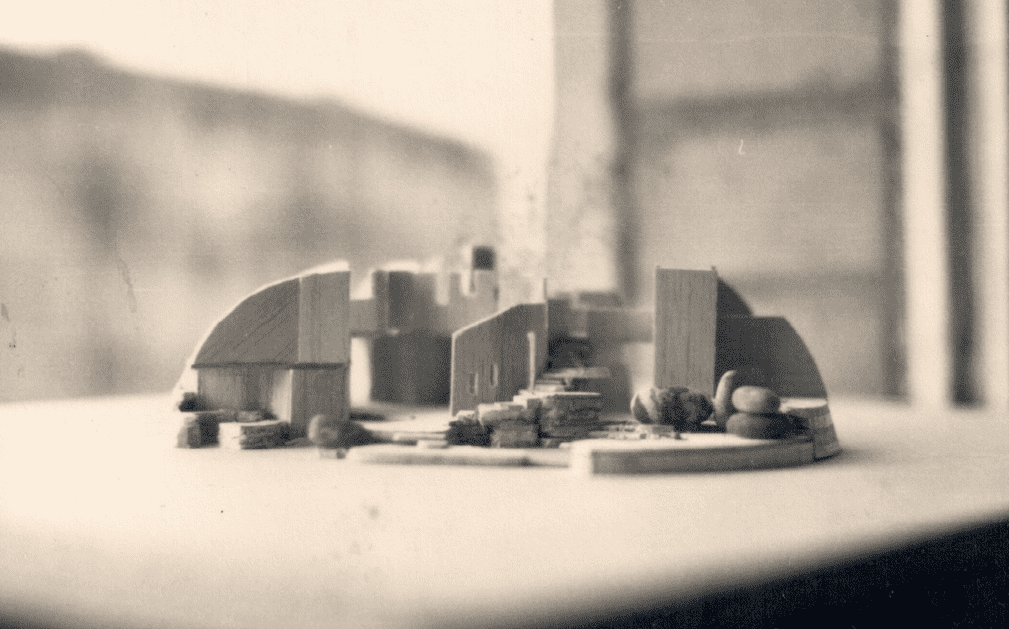On occasion of
78th International Venice Film Festival
Antonioni
Beyond
the
Dome
Beyond
the
Dome
Oltre La Cupola
9 September 2021 - Venice
HOTEL EXCELSIOR LIDO RESORT, TORCELLO LOUNGE
Lungomare Guglielmo Marconi, 41, 30126 Lido VE
10.00-22.00 - free entrance
curated by Sara Nieddu, Madel Nieddu
the exhibition
ANTONIONI'S SENSE OF ARCHITECTURE: THE DOME OF COSTA PARADISO FIFTY YEARS AFTER ITS COMPLETION (1971-2021)
In the summer of 1964, Michelangelo Antonioni was at the archipelago of La Maddalena to shoot some sequences of the film Deserto Rosso (Red Desert) , filming at the still unknown pink beach of Budelli. While working there, the director was struck by the unique beauty of the place and decided, together with his then partner Monica Vitti, to buy a piece of land to build his own house in Sardinia.
In 1969 Dante Bini, a visionary architect known throughout the world for having patented a new construction method called Binishell, whose procedure involves making concrete semi-spheres inflated by air pressure alone, was chosen to design the residence.
The director himself contributes to the design of the house, providing ideas and suggestions and making a significant contribution to the choice of shapes and materials. The pure geometric form contrasts with the lunar landscape that surrounds it. Isolated from the rest of the town, the villa looks like a rock sculpted by the wind, sand-coloured like the rocks surrounding it, whose appearance derives from architect Bini's intuition to mix cement with the dust of local granite.
“An exceptional example of mid-twentieth-century residential architecture“
Rem Koolhaas, curator of the 14th Venice Architecture Biennale, describing the Binishell in Costa Paradiso, designed by Dante Binie for Michelangelo Antonioni and Monica Vitti in 1969.
Rem Koolhaas, curator of the 14th Venice Architecture Biennale, describing the Binishell in Costa Paradiso, designed by Dante Binie for Michelangelo Antonioni and Monica Vitti in 1969.
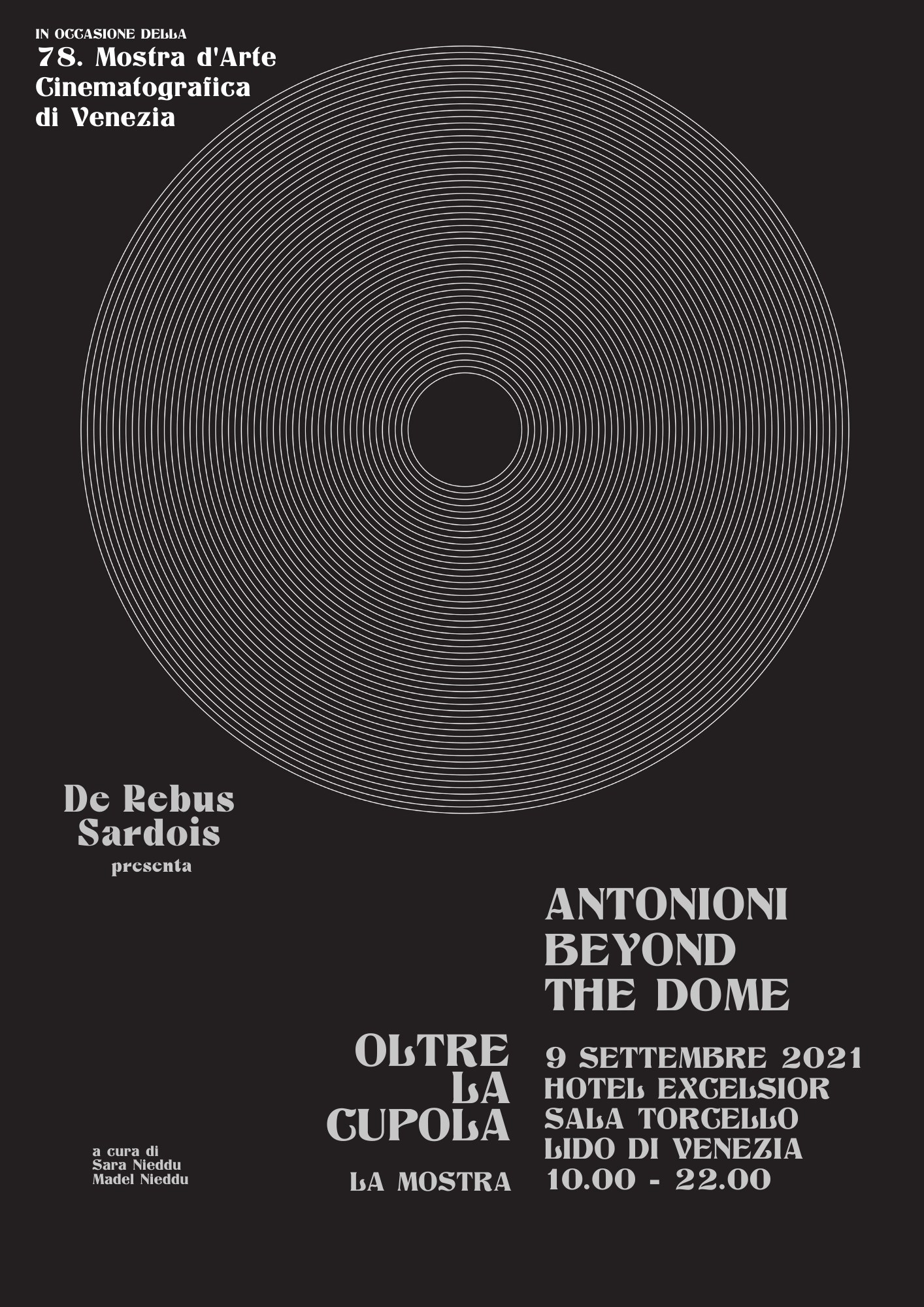
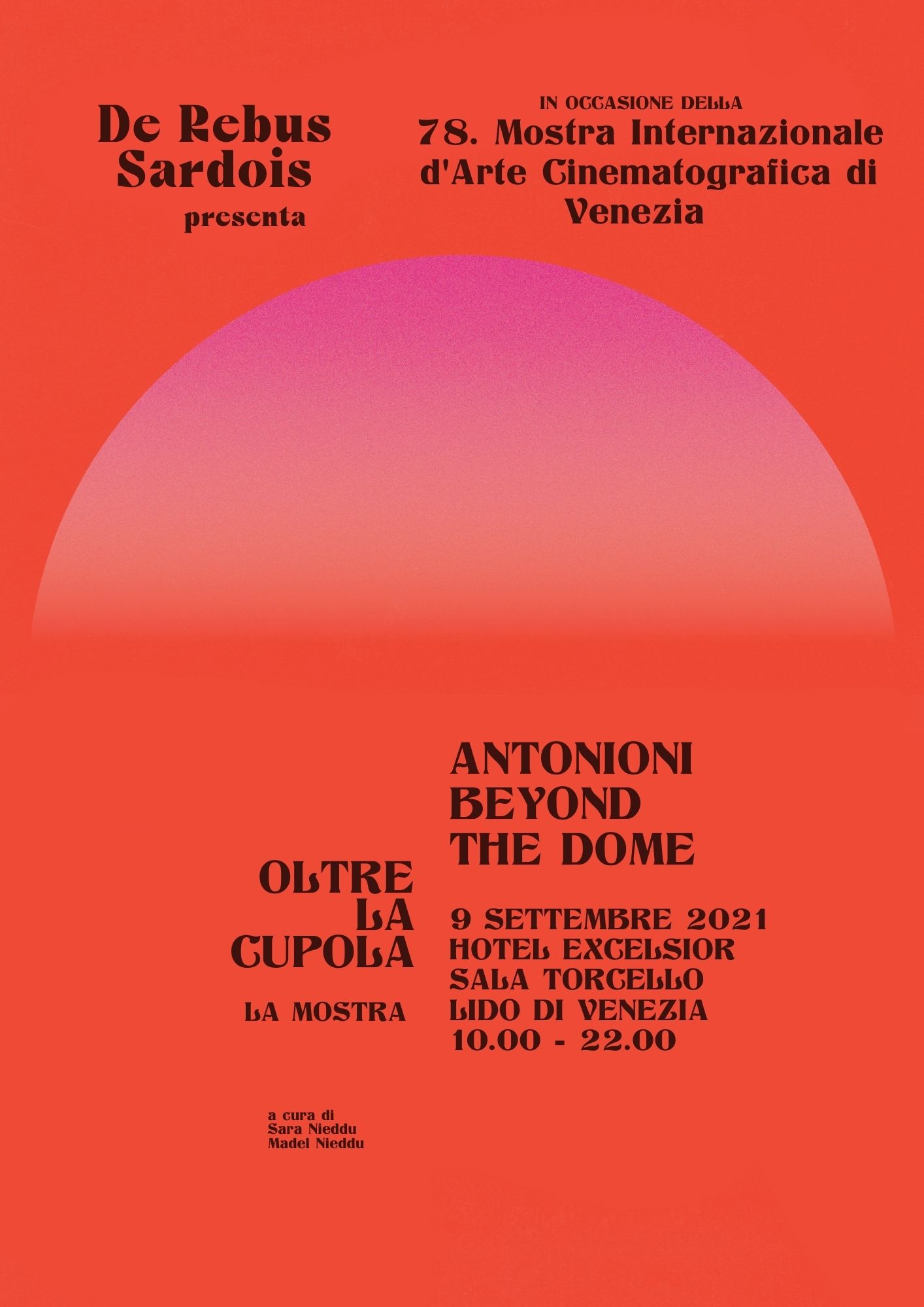

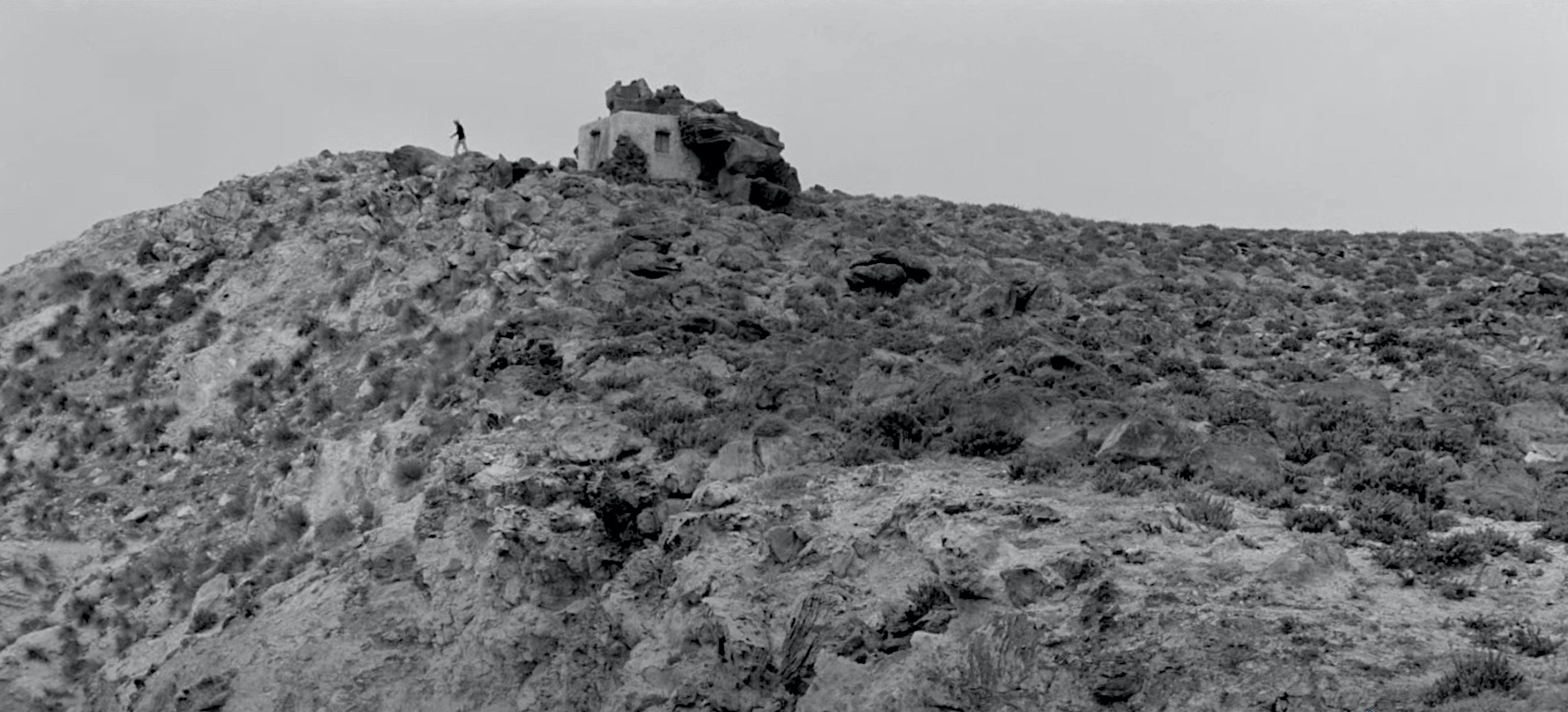


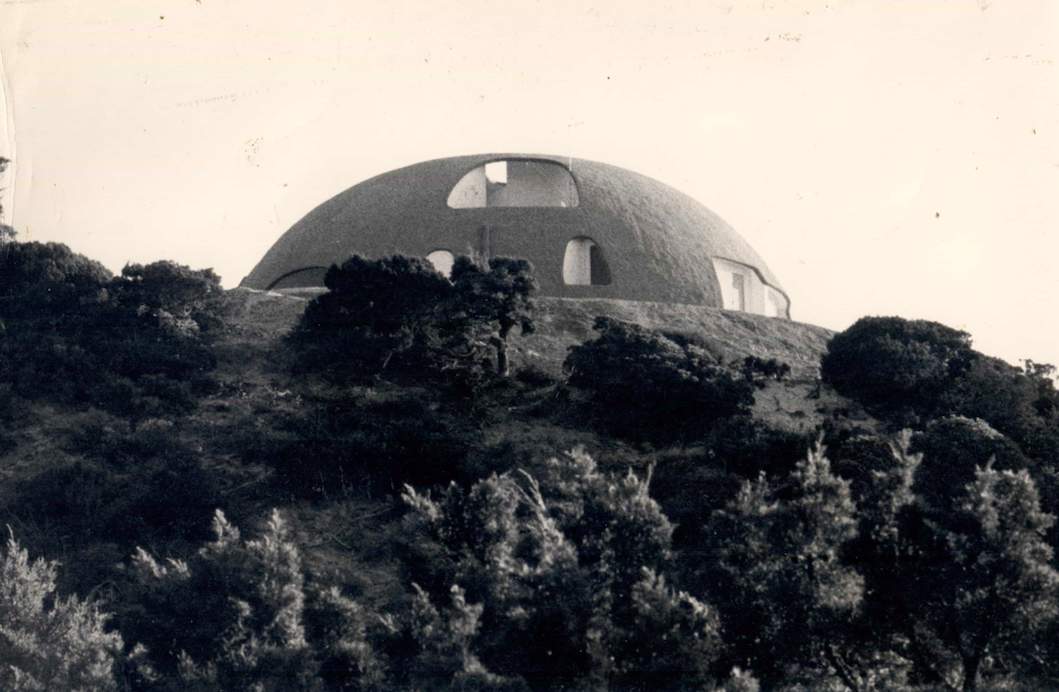
Here Antonioni would spend months surrounded by books and scripts to work on, from summer until late autumn, alone or with illustrious friends, such as screenwriter Tonino Guerra and film master Andrej Tarkovskij.
Once the property was sold first by Monica Vitti and then by Antonioni and his future wife Enrica Fico, the residence was abandoned to its fate. Forgotten, isolated, sometimes misunderstood, today it remains a fascinating and decadent presence that is consumed in solitude.
De Rebus Sardois in 2020 launches an online petition addressed to Fai, institutions and owners to try to save it from abandonment and neglect, proposing possible redevelopment projects.
One year on and on the occasion of the fiftieth anniversary of the building's completion (1971-2021), the exhibition aims to celebrate its artistic and architectural memory through a photographic exhibition that traces the most significant moments from the design to the present day, thanks to the contribution of the Dante Bini archive, the documentary film La Cupola by German director Volker Sattel, the video-essay Spatiality and Architecture in Antonioni’s film by Stefano Santoli and material from Italian and foreign film archives.



